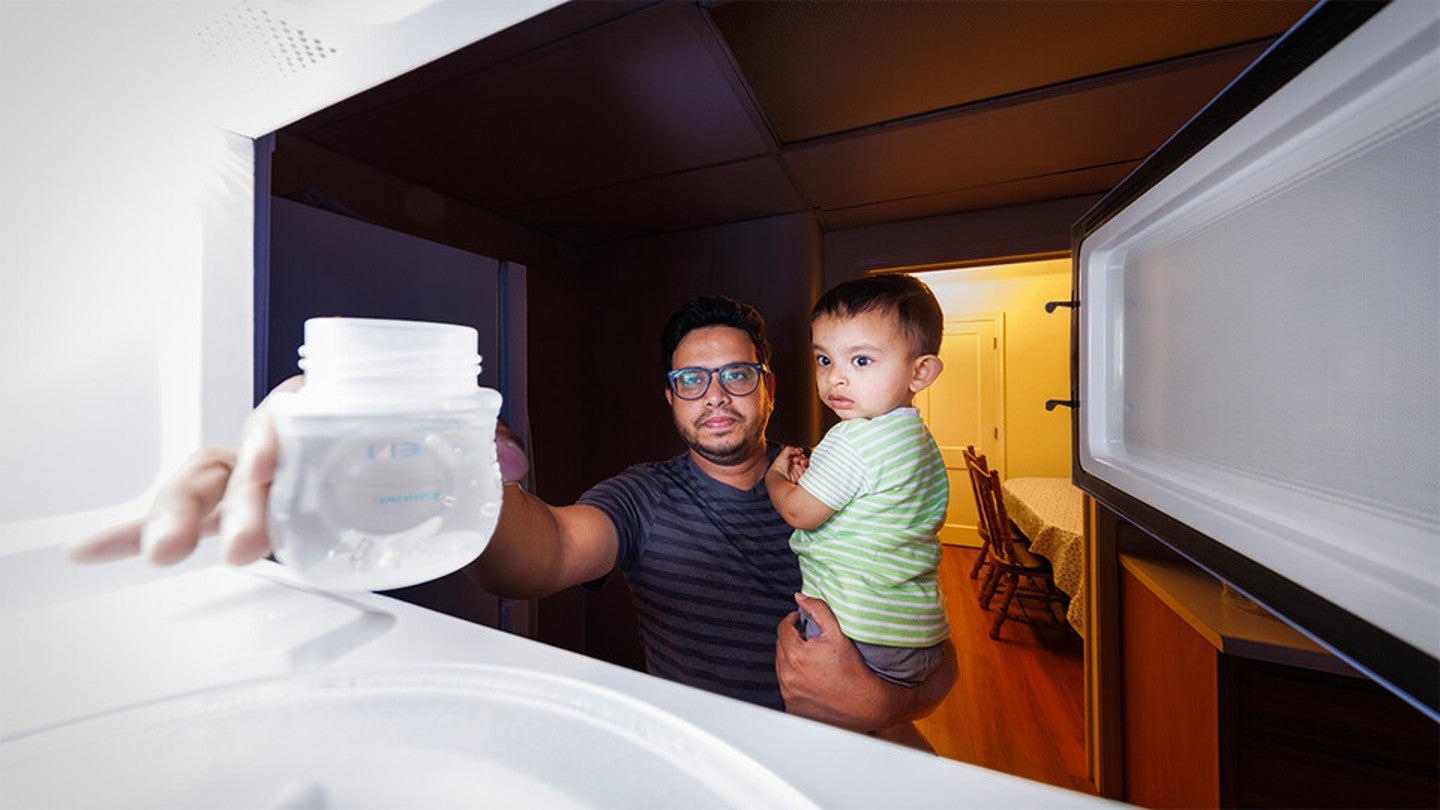
A team of researchers from the University of Nebraska-Lincoln, US, have found that microwave plastic food containers can release a large number of minuscule plastic particles.
Published in the journal Environmental Science & Technology, the research paper was co-authored by the university’s civil and environmental engineering doctoral student and lead author Kazi Albab Hussain and the University of Nebraska Medical Center’s research assistant Professor Svetlana Romanova, along with other researchers.
The research was supported by the National Science Foundation and the Buffett Early Childhood Institute.
The experiment showcased that microwaving baby food in plastic containers can release more than two billion nanoplastics and four million microplastics per square centimetre of the container.
The potential health issues related to the ingestion of large quantities of minuscule plastic particles remain unclear, the researchers claimed.
However, the Nebraska team conducted an experiment with the help of Romanova and concluded that ‘three-quarters of cultured embryonic kidney cells’ were dead just two days after being in contact with the particles.

US Tariffs are shifting - will you react or anticipate?
Don’t let policy changes catch you off guard. Stay proactive with real-time data and expert analysis.
By GlobalDataPeople should have limited exposure to these particles, a World Health Organization (WHO) report from last year recommended.
The researchers used two baby food containers in the study, one of which was made using polypropylene while the other was a reusable pouch made from polyethylene, both approved for use by the US Food and Drug Administration.
In the first experiment, the team filled plastic containers with deionised water or 3% acetic acid and heated them for three minutes at full power in a 1,000W microwave.
The team then assessed the liquids and determined the presence of microplastics and nanoplastics. The exact number of each particle released after the process was based on various factors such as the type of container and the liquid within it.
The researchers concluded that toddlers consuming microwaved dairy products and infants drinking microwaved water/drinking products are absorbing the ‘greatest’ relative concentrations of plastic.
Albab Hussain said: “We need to find the polymers which release fewer (particles). Probably, researchers will be able to develop plastics that do not release any micro- or nanoplastics – or, if they do, release would be negligible.
“I am hopeful that a day will come when these products display labels that read ‘microplastics-free’ or ‘nanoplastics-free’.”



